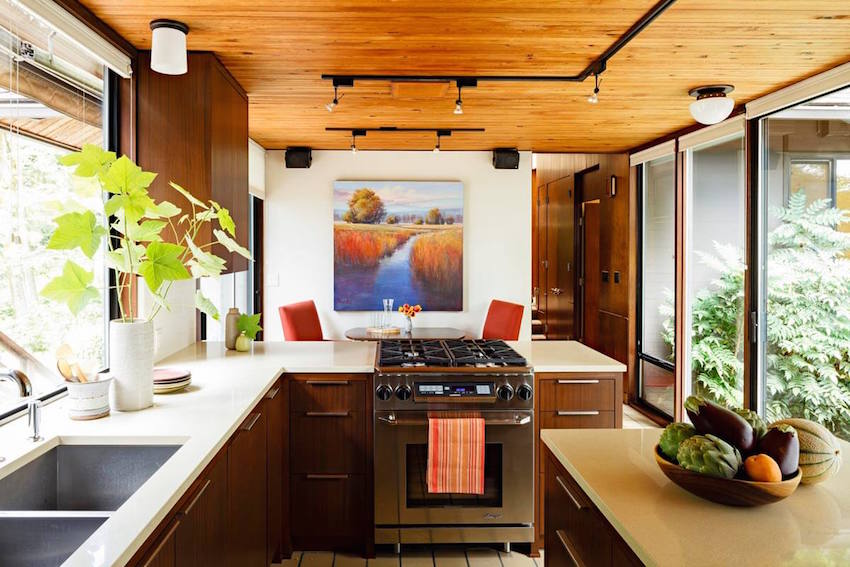
Different generations approach condominium living with distinct priorities, preferences, and expectations that shape their buying decisions and community engagement. When visiting a River Modern Showflat or similar property, these generational differences become apparent in the features that capture attention and the questions potential buyers ask. Understanding these varying perspectives helps explain the evolving condominium market and the diverse amenities found in modern developments.
Millennials seek flexibility
Millennials approach condominium living as a blend of investment opportunity and lifestyle enhancement, with flexibility remaining their paramount concern. This generation values properties that adapt to changing life circumstances.
- Work-from-home spaces with high-speed internet infrastructure
- Pet-friendly policies and dedicated pet amenities
- Minimal maintenance requirements supporting travel and mobility
- Smart home technology for remote monitoring and control
- Social spaces facilitating community connection without commitment
For millennials, condominiums represent a compromise between the investment benefits of homeownership and the flexibility of renting. They prioritise location over square footage, preferring smaller units in vibrant neighbourhoods with walkable amenities over larger homes in less connected areas. This generation shows particular interest in buildings with environmental certifications and energy-efficient features.
Gen X balances priorities
Gen X buyers approach condominium living with practical considerations, balancing work demands, family needs, and financial security. Their decisions typically reflect careful consideration of multiple competing factors.
Gen X buyers often select condominiums during life transitions like divorce, career changes, or children leaving home. They seek properties supporting professional and personal lives, with dedicated office spaces and guest accommodations for visiting family members. Condominium governance matters deeply for this generation, as they typically review association documents thoroughly and ask detailed questions about reserve funds and assessment histories.
Boomers downsize deliberately
Baby Boomers approach condominium living as a deliberate lifestyle choice rather than a financial necessity, focusing on quality-of-life enhancements and simplified living. Their transition from single-family homes influences specific priorities.
- Single-level living with accessibility features for ageing in place
- Proximity to healthcare, cultural attractions, and family members
- High-end finishes reflecting their previous home’s quality standards
- Guest accommodations for visiting children and grandchildren
- Secure buildings with controlled access and on-site management
This generation typically sells larger family homes to purchase condominiums outright or with substantial down payments. Their financial position allows greater focus on location, view, and building amenities rather than price point alone. Boomers generally demonstrate more interest in community involvement, often becoming active on association boards and committees after purchase.
Silent generation prioritises security
The Silent Generation approaches condominium living with emphasis on long-term security, established communities, and predictable costs. Their preferences reflect both practical considerations and social needs. Members of this generation typically prefer established buildings with stable homeowner associations rather than new developments still establishing governance systems. They are concerned about assessment stability and reserve fund adequacy, often reviewing multiple years of financial documents before purchase decisions. This cohort’s proximity to established medical facilities, familiar shopping areas, and transportation options precedes trendy neighbourhoods or cutting-edge amenities.
Gen Z emerges differently
The newest generation of adult condominium buyers approaches ownership with distinct expectations shaped by technology, economic realities, and evolving social patterns. Their priorities reflect both practical constraints and aspirational goals.
- Investment potential and appreciation opportunities
- Tech-forward buildings with integrated innovative features
- Sustainability certifications and energy efficiency
- Co-ownership options with friends or family members
- Amenities supporting side hustles and entrepreneurship
For Gen Z, condominiums often represent their entry point into property ownership, with many leveraging family assistance for down payments while maintaining affordable monthly costs. This generation shows greater comfort with smaller living spaces supplemented by extensive community amenities that function as extensions of their homes.

